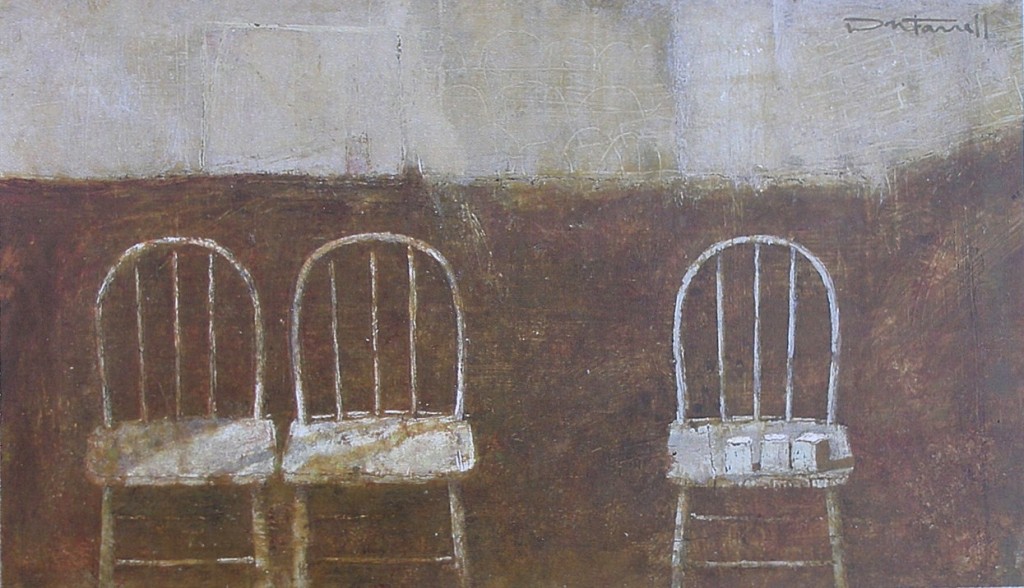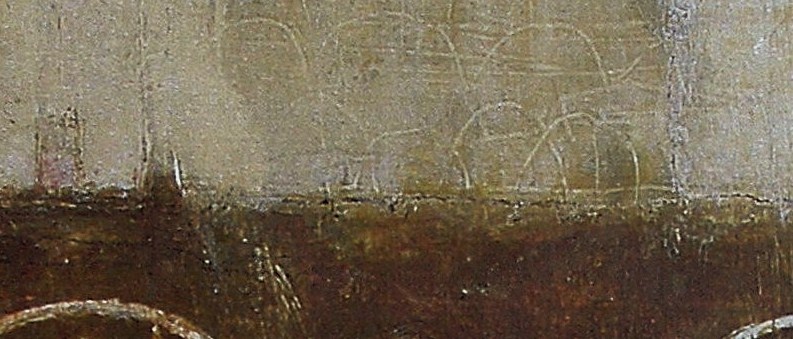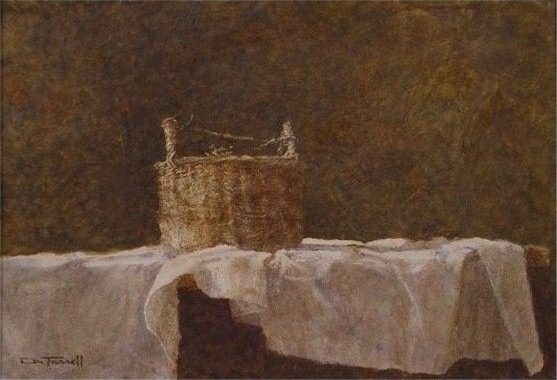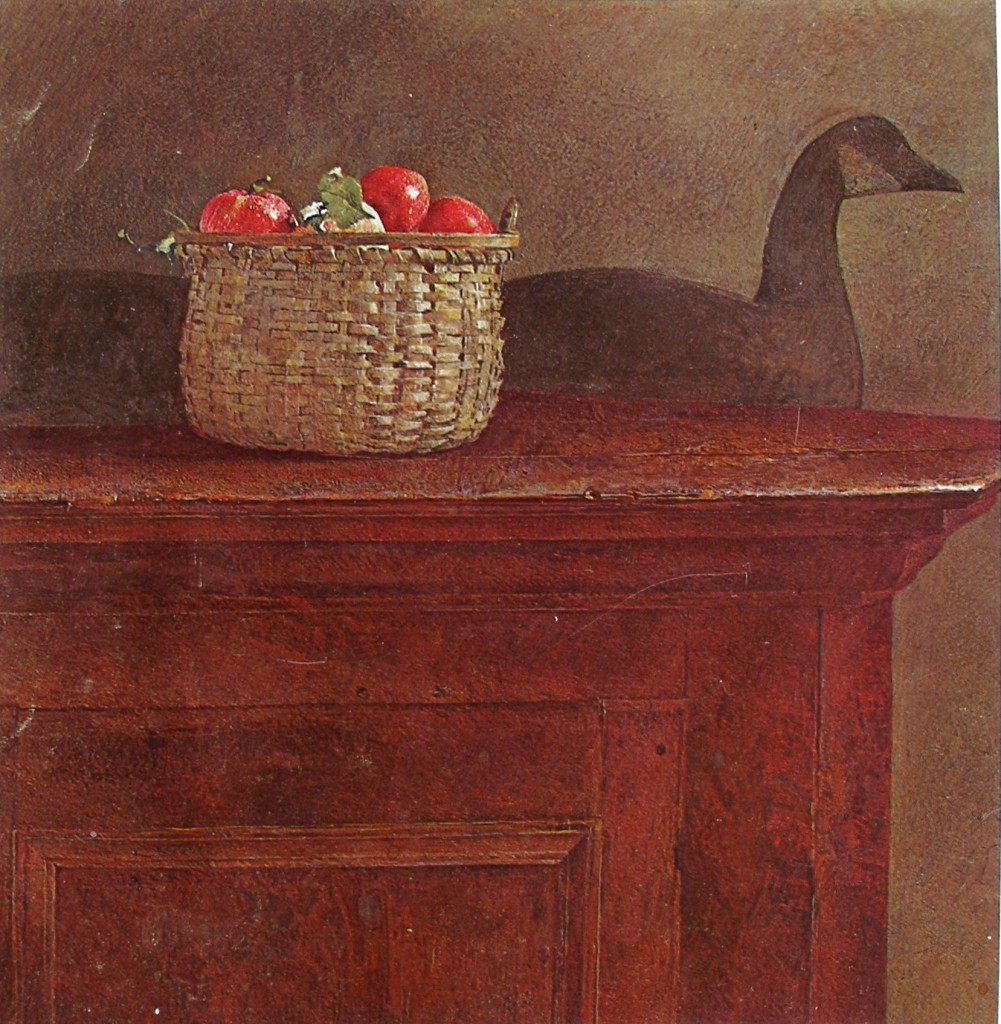Pierre Bonnard’s sophisticated use of ovals is superb in this painting.
I will begin with the primary oval, the table. When taking in the table, Bonnard brings us to the oval plate at the bottom right. The placement of the other articles along the bottom of the painting is wonderful. They form in essence a partial oval, which begins with the plate and continues up the dog’s back leading us to the woman head, another oval. The other three items form another oval when connected to the articles along the bottom.
The objects are beautifully and rhythmically integrated into the composition with ovals, which may be felt more than seen.
Can you sense the harmony?
I will continue with more wonderful considerations in the next post.





